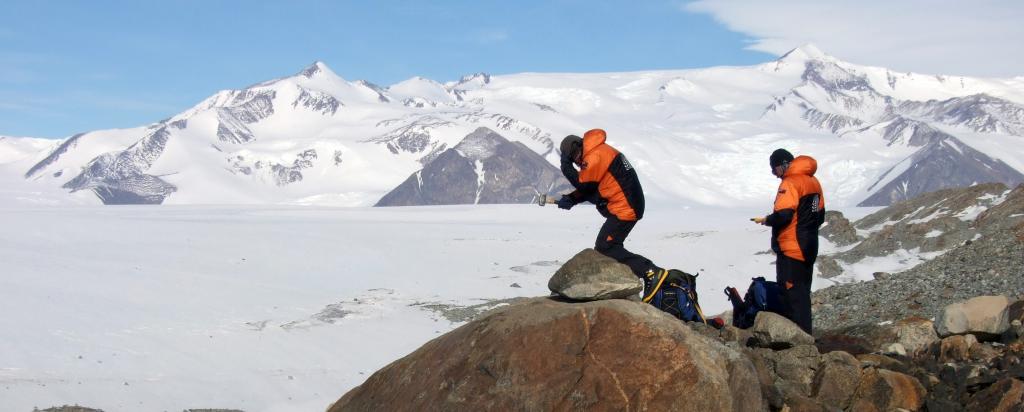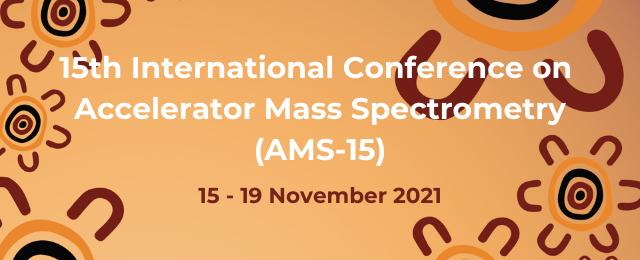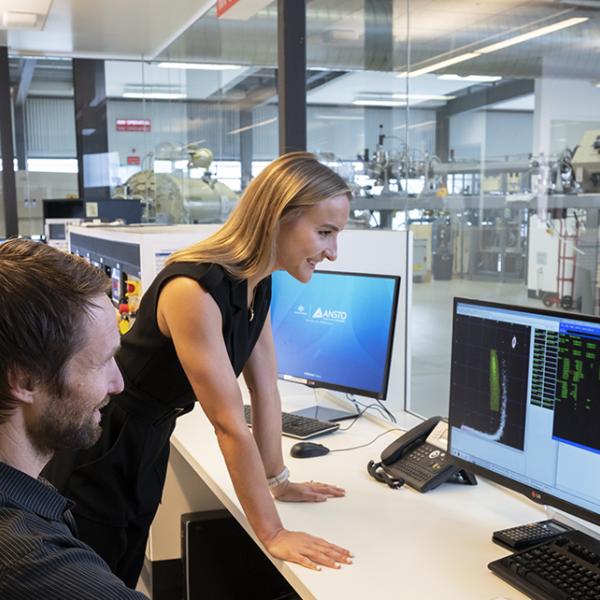

Published on the 2nd November 2021 by ANSTO Staff
Five international authorities will deliver plenary addresses virtually at the 15th International Conference on Accelerator Mass Spectrometry (AMS15), which will be held online from 15-19 November. The event was originally scheduled for September 2020 but postponed because of the COVID-19 pandemic.
The conference has been organised by staff at ANSTO's Centre for Accelerator Science.
“The addresses by our plenary speakers are an opportunity to learn how accelerator mass spectrometry is behind advances in the dating of Kimberley rock art, the million-year ice core project, the carbon fuel cycle in Earth’s dynamic climate, explaining galactic events in cosmology and understanding the evolution of the surface of the Earth," said ANSTO research scientist Dr David Fink, Conference Chairperson.

(Left to right) Prof Andy Gleadow, Dr Joel Pedro, Dr Jocelyn Turnbull, Prof Brian Fields and Prof Jane Willenbring
The plenary addresses will be delivered by Professor Andy Gleadow, a Director of Rock Art Australia and is Project Leader for the Kimberley Rock Art Dating Project; Dr Joel Pedro, Australian Antarctic Division, Hobart, Australia, Lead Project Scientist on the Million Year Ice Core (MYIC) Project;Dr Jocelyn Turnbull , Lead, Rafter Radiocarbon Laboratory, GNS, New Zealand and co-chair of the World Meteorological Organisation’s IG3IS initiative, connecting atmospheric greenhouse gas observations to local, national and international climate policy; and Professor Brian Fields, University of Illinois Urbana-Champaign, IL, USA, who probes the underlying physics behind the highest-energy sites in nature–the big bang, exploding stars (supernovae), and high-energy particles in space (cosmic rays, neutrinos, gamma rays) and Professor Jane Willenbring, Department of Geological Sciences, Stanford University, US, who examines the evolution of the Earth’s surface and uses cosmogenic nuclides to understand how landscapes are affected by tectonics, climate change, and life.
“Despite obstacles linked to COVID-19, we have organised the conference with support from the AMS global community,” said Fink.
Approximately 278 abstracts from 245 delegates representing 27 countries have been received. Close to 50 research projects from Australian contributors will be highlighted.
“Accelerator mass spectrometry is recognised as one of the most important revolutionary advances in nuclear and isotopic analytical research in the 21st century. Since the first measurement of radiocarbon and other naturally occurring radionuclides by nuclear accelerators in the 1980s, the impact of AMS in the earth sciences, archaeology, biomedicine, and materials analyses has been immeasurable,” said Fink.
“This is the premier conference for the AMS global community which is held every three years and a very prestigious event for ANSTO and Australia. The AMS group at ANSTO is regarded internationally,” said Dr Ceri Brenner, Leader, Centre for Accelerator Science.
“We are showcasing with examples of research and a virtual tour of our facility, the truly world-class set-up we have for AMS at the Centre for Accelerator Science, a suite of four AMS accelerators, custom-built high-end sample preparation laboratories and a group of internationally-recognised scientists, chemists and accelerator technicians,” said Brenner.
Conference sponsors include National Electrostatics Corp, the manufacturers of ANSTO’s Sirius and Vega accelerators which are in full operation in CAS since 2016, High Voltage Europe manufacturers of the ANSTO’s ANTARES and STAR accelerators and Ion Plus, Swiss manufacturers of dedicated AMS radiocarbon instruments.
Further information is available on the website http://www.ams15sydney.com

